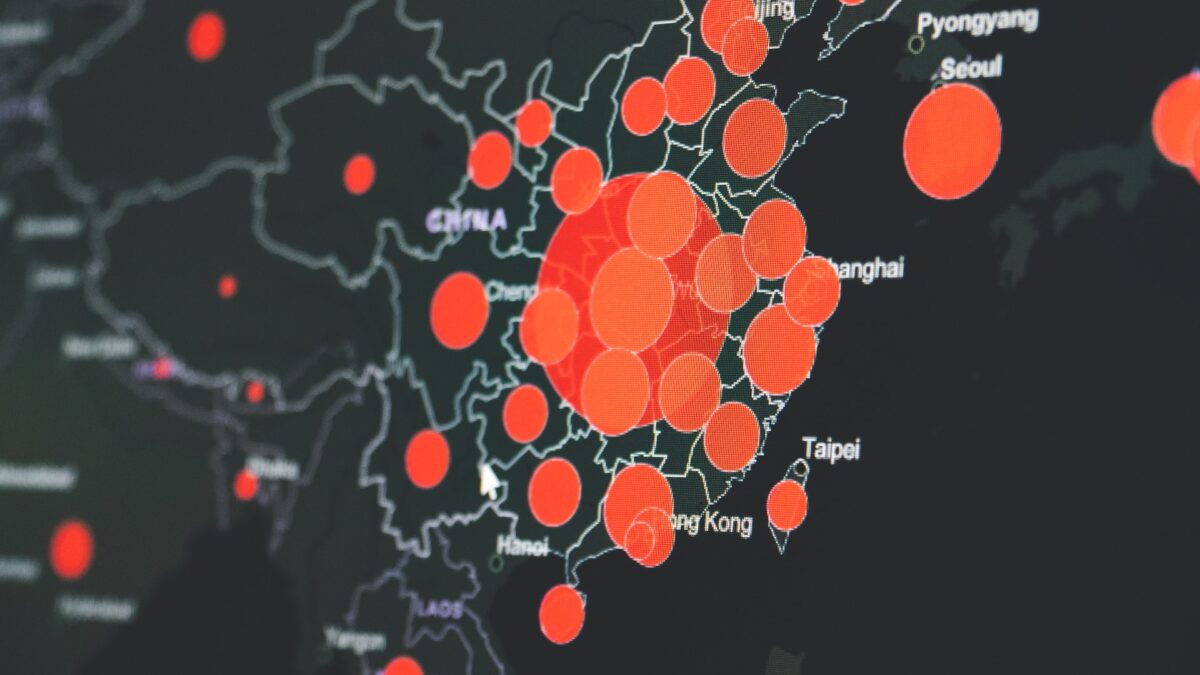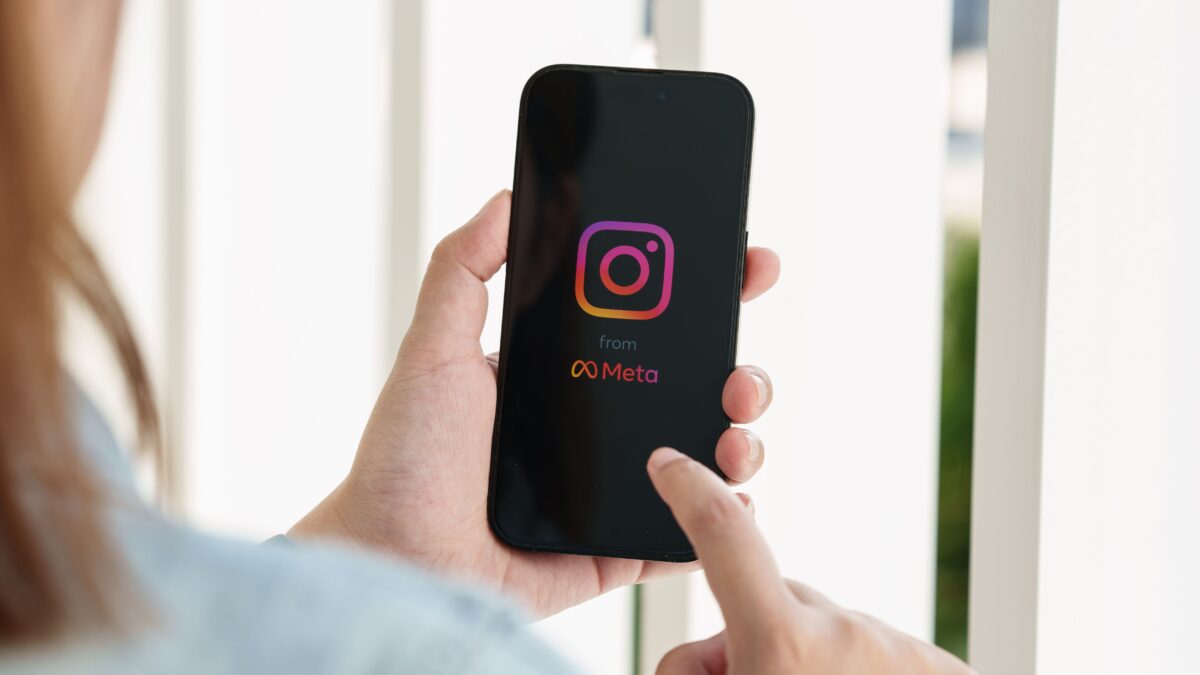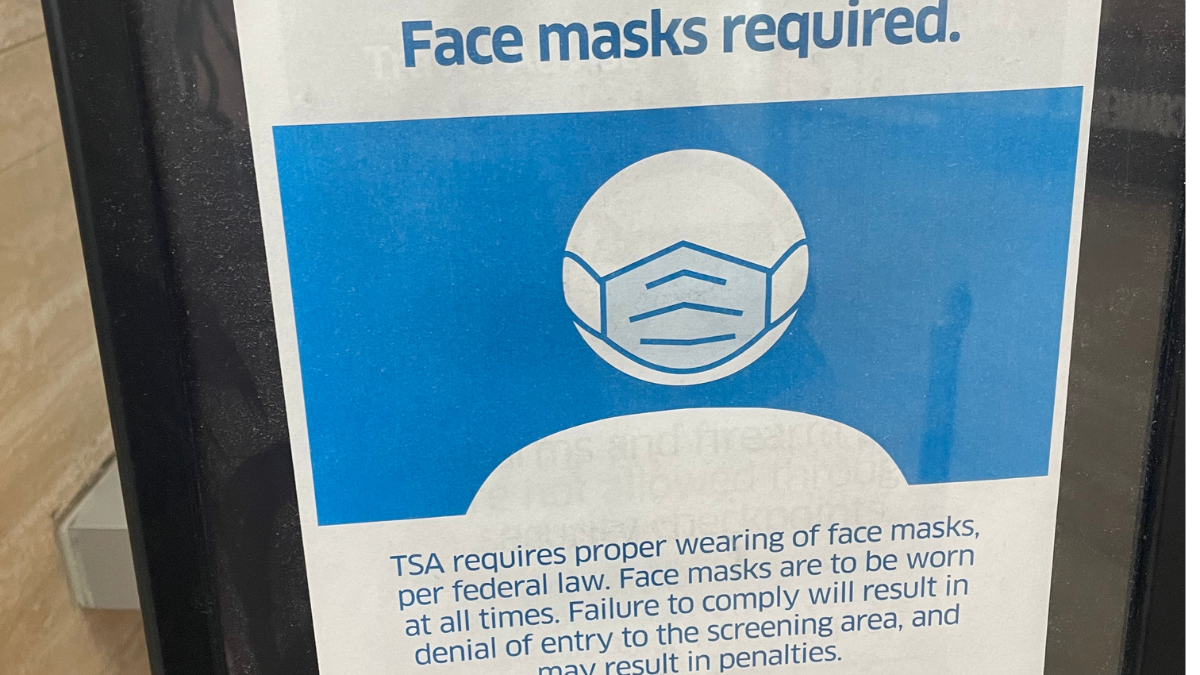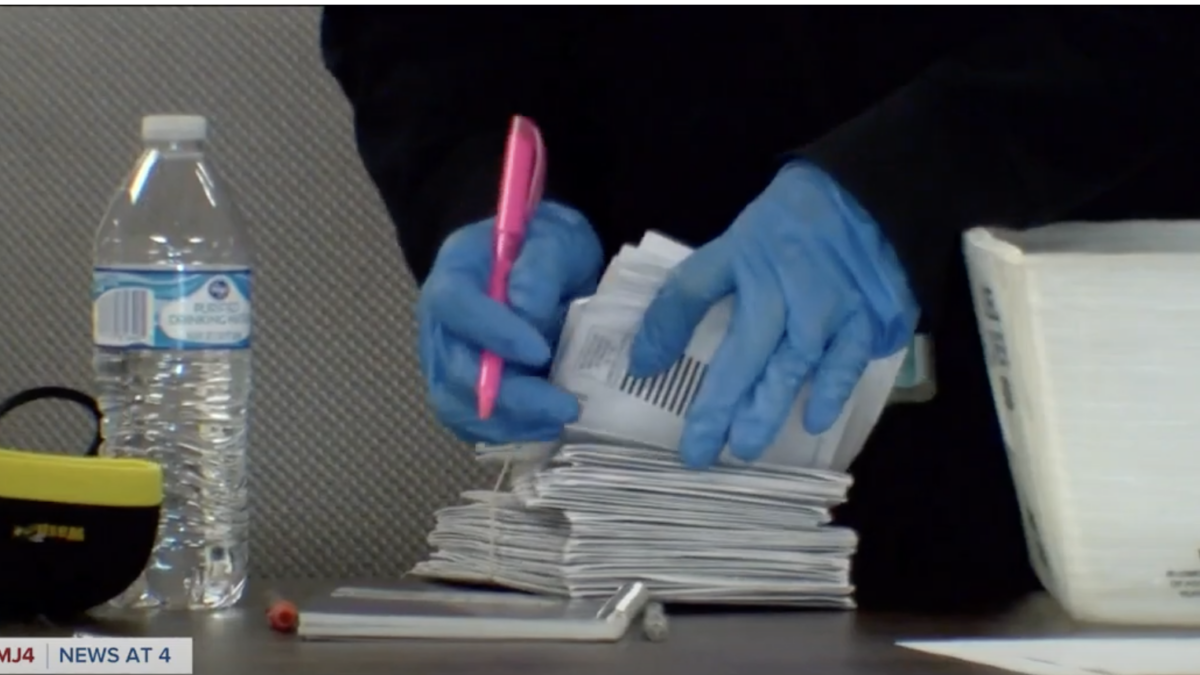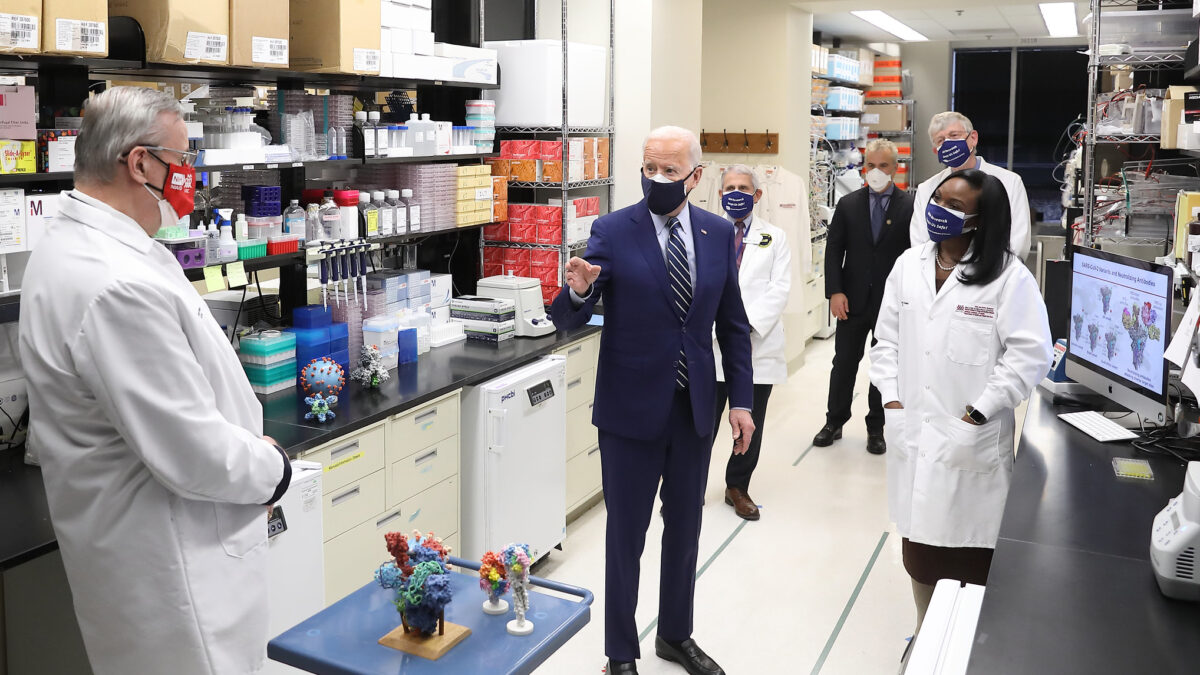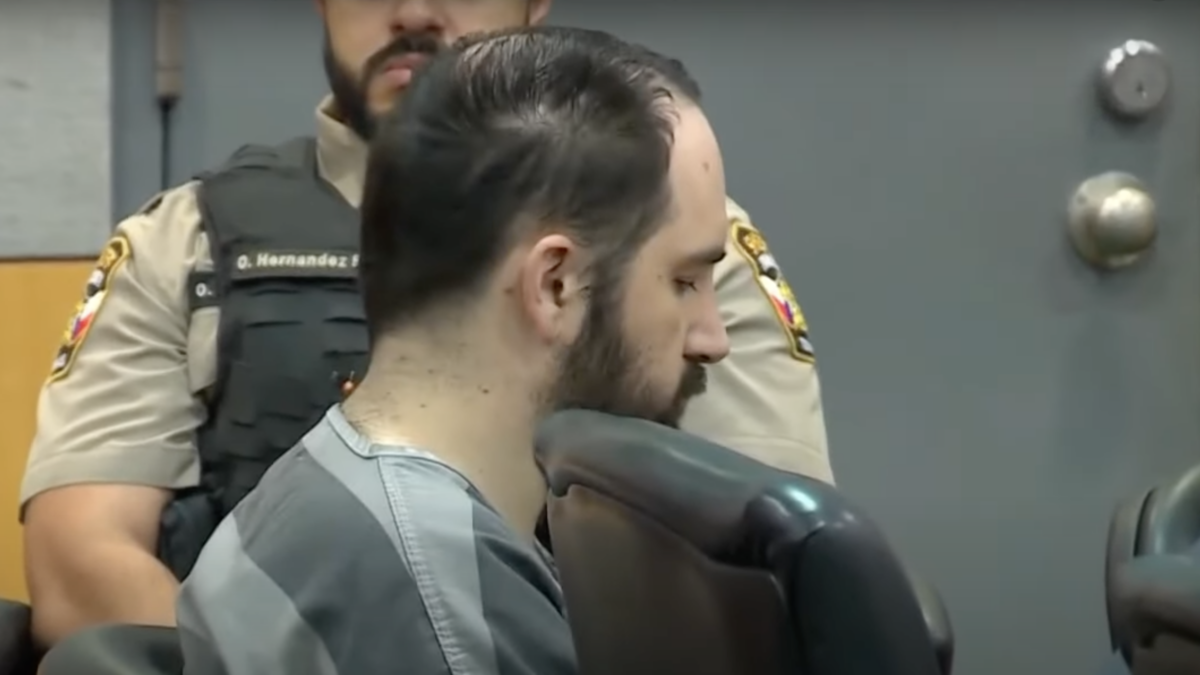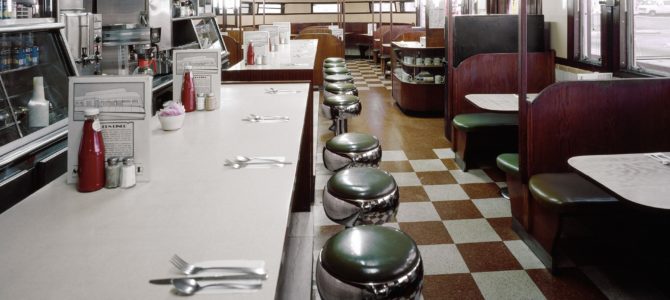
As readers of The Transom and listeners to my various media hits know, I have been generally critical of the media coverage of the Wuhan coronavirus (which I believe was far more interested in engendering panic than informing the public, and has now moved on to covering for China’s regime), the administration’s early insufficient response (particularly the botched early testing approach followed by the slowness of the FDA to recognize the need to relax regulations), and now the ongoing and desperate Congressional stimulus “process” (which amounts to quick, quick, put the money printer by the window). What I haven’t been doing is making predictions, in part because it is a particularly odd moment when belief that 250k-400k Americans will die in the coming year from this virus makes you an optimist.
So flush with cash off of betting David Frum that Tulsi Gabbard would not run third party in 2020, let’s try that today. As a frame for this, it would be very useful for you to listen to Russ Roberts and Tyler Cowen discuss their perspective on the coronavirus, particularly the final third of the podcast, where they put on their futurist hats and look into the crystal ball.
For the sake of these predictions, let’s stipulate that the worst case scenarios being entertained in many corners of the media, and outlined by that truly dire Imperial College UK report, are not the outcome this year. That can be taken to mean the death count is not measured in the millions here, the American response – while slow at first – gains momentum, promising antiviral treatments such as those used in some other countries are successful, and it turns out that most suburban and rural people who do not live in large cities (and do not have to come in contact with a dozen other people just to go to the pharmacy) are in less danger than the European estimates suggest. The numbers of new cases and deaths taper off in the summer and people are under the impression that Things Have Been Handled.
Tyler Cowen’s predictions include the death of college as we know it at this point, and I absolutely agree. What parent – even one with very steady work throughout the next 3 months – would be willing to plunk down a vast sum of cash after such an uncertain time given the damage to their portfolio and their livelihood? No, it’s time for Madison to take a gap year until we figure out what’s going on – she can take online classes and make up for the lost time with friends, and who would want her on a campus surrounded by disease (and not the kind preceded by fun) in the fall if this thing comes back with a vengeance?
This will create massive funding problems for higher ed, particularly the overpriced middle tier of non-state schools. They will seek a bailout, which Congress should deny and which most Americans will oppose, given their long-burgeoning resentment at the cost of a middling education. Schools that didn’t sufficiently invest in online learning will get burned.
Another prediction from Cowen is that in-person events will still be rare, but when they are, they will be more intense and defiant. Here I think he is only partially correct – while it’s true that as the curve bends down, people will be more promiscuous and engage in public demonstration of exhilarating defiance of protocol, there is a more subtle rebellion that I think will re-engage: the revolt of the religious.
Consider California’s “stay at home” order, issued yesterday. It prompted LA’s terrible mayor to threaten to enforce it at gunpoint (have you noticed that the mayors of America’s two biggest cities are incompetent jokes? Great timing for that). Being confined to their homes is very new for America’s Christian population, one of the few remaining major cohorts that consistently sees each other every week of the year and has a rhythm built into their fellowship. The outrage expressed by many of my Californian Christian friends that this coming Holy Week will be held via video streaming is louder than anything I’ve heard about the cancellation of March Madness. Believers of all stripes are also extremely unlikely, to Roberts’ point about America’s litigious nature, to be the type of people to sue any of their fellow believers over getting sick while worshiping together.
The book tells them to gather, and they will gather, and view any sustained government crackdown as persecution indicative of the rightness of what they are doing.
I will leave the economic predictions to Cowen and Roberts, except to this point: it will be extremely difficult and a long-term task for the restaurant industry to recover. You can’t just spin these places back up again and have them go. While pro athletes can stay in shape at home, and watching football without crowds in the fall will be absolutely fine for most fans, there are certain other major industries where coming back will be very slow and major name brand places may never return. I do expect gyms to be very much in demand as people attempt to work off their inevitable weight gain over sustained periods of isolation (unless you got a Peloton for Christmas).
What about the ramifications for the animating elements of American politics? A friend shared the view recently that the government response represented a death knell for libertarianism – far from it. Let’s break this down into some segments:
For American populists and nationalists, they are obviously the ones who stand to benefit the most. I expect we are about to enter a period of the most sustained isolationism – true isolationism – we have seen in a century. The Chinese “it’s racist to talk about making your pharmaceuticals elsewhere” message will not fly. Escalated trade war with China and a pullback of essential products to allied countries and America will accelerate.
Anti-refugee attitudes will increase dramatically. I am genuinely curious whether Joe Biden will go into the fall without moderating his dramatically pro-refugee, pro-immigrant message. More people will want hardened borders, and they will argue this is not about racism, it is about defending public health. Yesterday the State Department told Americans not to travel abroad (and to return home) with their highest ranked warning in history. More Americans will have no desire to risk going abroad for the immediate future, nor will they want their sons or daughters there.
Where the nationalists are facing serious risk is in the failure of the current economic approach, which will be framed as their doing regardless whether that’s fair or not. Expectations are that U.S. jobless claims could top a record 1.5 million next week. Goldman Sachs is predicting the economy could contract by 24 percent next quarter. So when Steve Mnuchin predicts a “gigantic” fourth quarter comeback for the American economy, this mess of bailouts and checks to Americans better deliver on it.
Should that economic approach fail to be the case, the left-populists – contra Cowen – could seize hold of the narrative and build on it. “The problem with the bailouts was that they weren’t big enough for you to keep your job” is a message many will understand. That said, their “Medicare for All” message will take a serious hit if it turns out America was better at handling this crisis than many European countries. And if, as I expect, Medicare and Medicaid take on serious fiscal burdens during this period, their insolvency will be accelerated, decreasing the appeal of adding the rest of the country to these programs.
For American libertarians and small government conservatives, they will come to view these bailouts as what they are: theft from future generations. Last time around this turned into a Tea Party revolt. This time around they may be less angry, only because the damage seems so widespread, falling on the righteous and the wicked alike, and the largess will be more widespread as well. But there will still be outrage if it turns out that the number of deaths is much, much lower than predicted – “we threw away my small business, my portfolio, and our children’s future for this?” Even the WSJ is already sounding this note.
On education, I wonder how many of them, having been reluctant homeschoolers at first, will find they actually prefer this approach, and that Junior has learned so much more in the past three months than he did in the prior six (despite Bill McMorris’s experience). I expect a significant growth in homeschooling, either individually or as a community, and a concurrent growth of curricula, resources, and internet-based schooling functions in tandem.
Americans’ natural disgust at silly government regulations will lead them to push to make many of the current concessions permanent. The important areas of this are in regards to the health care space, where telemedicine is likely to grow dramatically. (I welcome the long overdue expansion of that practice, but pity the optometrists and dental practices of the world, who will go for months with no customers and then get slammed by overdue traffic.) But as Tristan Justice outlines here, there are a host of areas where the new reality is going to lead people to question why we ever had laws against alcohol delivery in the first place.
Finally, for all Americans, expect their hatred and distrust of the media to increase for all the obvious reasons. I expect people will be very tired of cable news at the end of this, and increase their consumption of alternative sources. This will fall along the usual faultlines on who receives the most blame.
As predictions go, I expect many of these to be wrong or insufficient, and that there are huge gaps in how we think about this. I certainly believe Congress will be dramatically changed by this crisis, both because of their aged nature and because of the obvious need for a remote voting solution. It’s also impossible to anticipate the interesting things Americans will collaborate on and create while in their homes – books, products, and ideas that had been left until a rainy day will now be the focus of many lest they lose their minds as the kids practice on their drums. There are also the dangerous unknown aspects of how this crisis plays out – for instance, the heightened risk of a terrorist attack during it, particularly on buildings in big cities full of sequestered people.
One prediction that we ought to pray comes true, in any case, is that at the end of the year we will see a dramatic increase of appreciation for America’s scientists and the public health community. If that happens, it means things turned out better than the dire predictions that haunt Americans today. Let’s hope.


